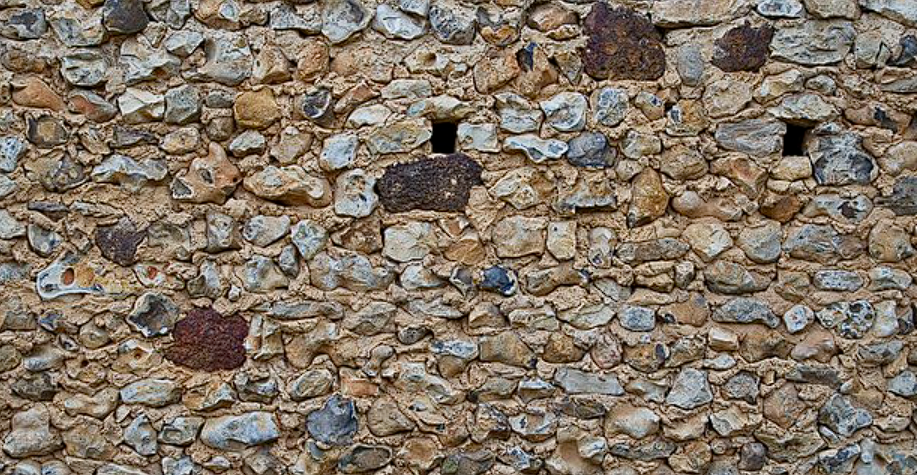It’s Likely the oldest structure in Europe.
Others are reading now
Scientists off the coast of Rerik in Germany have uncovered a mile-long wall. Constructed around 11,000 years ago, it stands as the oldest known European structure from the Stone Age, possibly used to trap reindeer.
The discovery was made accidentally in 2021. Researchers from the University of Kiel in Germany were conducting seabed studies in the Baltic Sea and encountered a row of 1,600 stones, stretching for a kilometer and about a meter high, at a depth of 21 meters.
“It’s highly unlikely that the wall formed naturally,” states Dr. Jacob Geersen according to Belgium VRT News. Among some immovable heavy rocks, hundreds of smaller stones were placed with great precision. Other explanations, like the laying of underwater cables, are ruled out.
Evidence suggests that this construction was the work of Stone Age hunter-gatherers. The stone row likely served to corner reindeer between the water and the wall. “At that time, around 5,000 people lived in Northern Europe. Reindeers were a crucial food source for them,” adds Dr. Marcel Bradtmöller.
Also read
The wall was built parallel to the shore of what must have been a lake or a marshland 11,000 years ago. About 8,500 years ago, at the end of the last Ice Age, the sea level rose, submerging the landscape.
Mapping the Seabed
This is the first time such a wall has been found on European soil. Similar traps have been discovered elsewhere in the world.
For instance, a wall on the bottom of Lake Huron in Michigan, USA, closely resembles the one in the Baltic Sea. Similar constructions are also found in Greenland and the deserts of Saudi Arabia and Jordan.
“These discoveries change the way researchers think about hunter-gatherers,” continues Bradtmöller. “Building such massive, permanent structures implies they might have been less mobile and more location-focused than previously thought.”
The research in the Baltic Sea is far from over. The team suspects more remnants of our prehistoric ancestors are yet to be found.
“With the growing demand for the installation of pipelines and wind farms, it’s crucial that we map lost structures and artifacts on the seabed,” they conclude.








